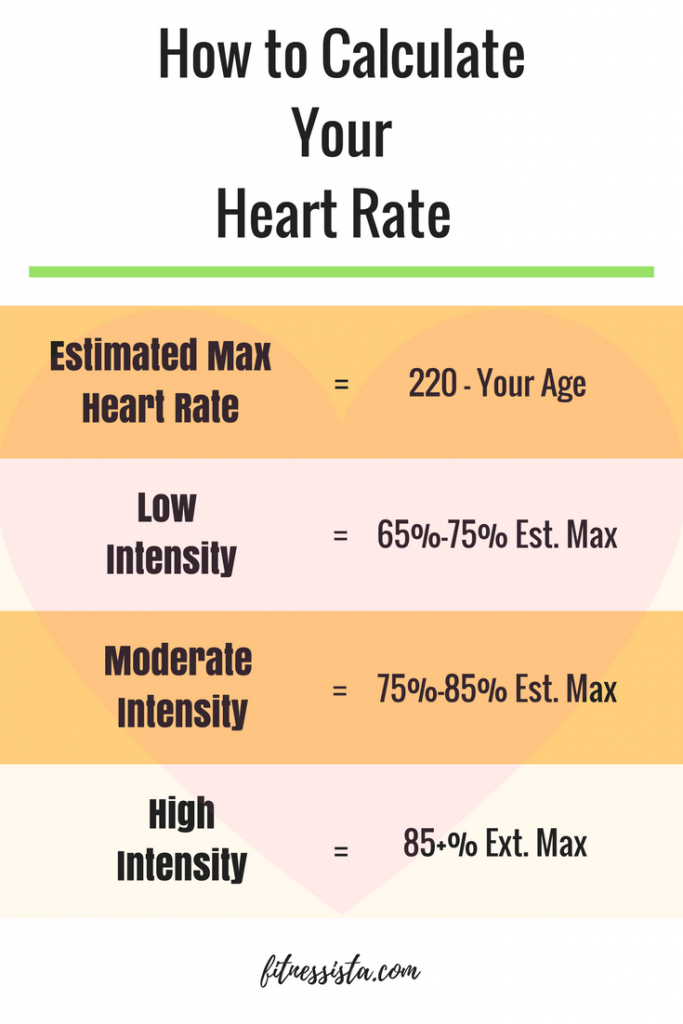Running, cycling and other aerobic exercises help to improve your health and fitness. Find out how much aerobic exercise is right for you and how much cardio is too much.
Hello friends! How is the morning? We had a great weekend at the pumpkin house and lots of fun adventures. For today’s post, I updated an older * strong * with a lot of fitness tips. If you’re wondering how much cardio to do and need help with your routine, visit the Fit Team waiting list here! Registration starts this week (Wednesday !!) and I can’t wait to share it with you.
I often get variations on the same question:
What is a * good * amount of cardio?
How much is too much?
What is the minimum minimum?
Let me dust off my cardio queen badge and tell you a long story.
How much cardio is too much? (Clear answer)
The tale of the queen of cardio
Once, I thought that cardio was the “end of everything” of health, fitness and (as my goal at the time) weight loss. I decided that more was better when it came to cardio. Little did I know that I was burning my precious muscle as I bumped into the treadmill and walked along the ellipse.
It’s just as tragic and fun to think about the time I spend in cardio, thinking I’m throwing myself hard to find out later that it’s too much. I did cardio on my little heart and there was a time when I walked for an hour + cardio, almost every day of the week. I did too much cardio. (That’s also when I screwed up my metabolism years ago.)
Fortunately, I started working in the fitness industry, became certified to teach group fitness and work as a personal trainer, and learned a lot about the cardio balancing act. It takes a while to figure out the amount and types of cardio that will guide you toward your goals while providing endorphins, SWEAT, and increasing performance (including endurance, speed, and agility).
It wasn’t until I shortened the duration of my cardio and really made the exercises count that I noticed a difference in my gains. I also felt a significant boost in my gym as I no longer used cardio time to read books and work out with friends. (<- which is still fun, but open doors in terms of new classes, HIIT methods and cardio modalities!)
Frequently asked questions and tips about cardio to find your personal cardio sweet spot
(As always, consult a doctor before making any changes to your fitness. If you have medical conditions or a sedentary lifestyle, it is especially important to start a cardio program with a doctor’s guide. As always, respect your body.)
What the hell is cardio? Is strength training considered cardio?
Cardiovascular fitness is a critical aspect of health that involves receiving, transporting and using oxygen during exercise. Your heart, lungs and muscles work in harmony as you run, sprint or even vacuum all day.
We measure cardio by VO2Max, which is the maximum amount of oxygen consumption in the body. It’s not easy to measure, so we’ll usually set your cardio rate as a percentage of your maximum heart rate.
Example: I am 36, so my predicted maximum heart rate is 220-36 = 184. If I want to hit 80% of my maximum heart rate, 184 x .8 = 147.2. So in this case, I would try to hit about 147 if I wear a heart rate monitor. This is in line with the recommendations of NASM, where I won my personal training certificate.
When it comes to strength training like cardio, it certainly can. It really depends on the constant increase in heart rate. If you do traditional workouts for hypertrophy (3 sets of 10-12 reps, rest between sets), there is a good chance that you will not increase your heart rate and maintain it during your workout. If you do more chain-style workouts or reload a lot of exercise, your heart rate will probably stay higher! This can definitely be considered cardio. Sometimes in circuit training, my heart rate is higher than it would be if I was in a stable condition, such as jogging on a treadmill or dancing.
What are the recommendations for cardio?
I never recommend doing more than an hour of cardio unless you are training for a specific event. If you really love cardio, be sure to have a few days off (yes, more than one! Especially in this case) to allow your body to recover. If you train the same muscles constantly, especially if you perform the same types of cardio every day, you will not give them a chance to grow stronger and recover. In addition, it can set you up for injuries from excessive use – not for a picnic.
Make sure you allow your body to heal between sessions, and be sure to alternate cardio intensities. I always like to throw away the reminder of that the heart is a MUSCLE, and quite very important. It needs rest, just like the legs, shoulders, chest, back, etc.
Here are general recommendations for cardio:
At least 150 minutes of moderate-intensity cardiorespiratory exercise, 75 minutes of intense intensity, or a combination of moderate-intensity exercise per week. The weekly recommendation for resistance training is 2 or more days a week with exercises for all major muscle groups (minimum 1 set of 8-12 reps for each muscle group). Flexibility and neuromotor exercises (balance, agility, coordination) are also recommended at least twice a week.
I think 150 minutes a week of moderate cardio is a great goal. If you train 5 times a week, that’s 30 minutes every day. As for the minimum, I like to recommend walking for 20 minutes every day. That is. You can divide the cardio sessions into blocks if necessary, which brings me to the next question.
I don’t have much time to do a solid cardio block. Should I just skip it completely?
Divide it !! I used to be guilty of thinking that if I didn’t have time to do more than 10 minutes, it wasn’t worth it. It’s totally worth it and can be helpful. After training, our body must work hard to replenish its reserves and regulate tissue temperature. This is called EPOC (Excess Oxygen Consumption After Workout) and burns extra calories. By receiving a few short workouts each day, you get bonus EPOC sessions. So do what you can when you can. If you only have 20 minutes to train, here are some ideas.
Cardio tips
Start slow and build from there.
It’s smarter to start smaller and build from there.
Focus on quality over quantity.
Really focus on judging your time and getting the most out of your workout. It’s not about how many minutes you can add to your time, it’s more about how you feel. Do you feel challenged, sweaty, energized (without draining)?
Your personal cardio magic number may be different from the recommendations above.
Depending on the types of cardio regimens you do, how often you train your strength, and your daily activity level, you may find that you need less “traditional cardio” and more strength. It’s all a matter of experimenting and finding the magic number according to your unique goals and circumstances. This number can also vary from week to week depending on what is happening. Cardio is a critical aspect of health, so if you can, try to walk a little and be active every day.
Do not overdo it.
Excessive cardio activity (without a goal, such as an event workout) can set you up for overuse injuries, elevated cortisol levels, depleted immune function, fear of your workouts, increased resting heart rate, joint pain. , severe muscle pain and fatigue. This can cause your hungry levels to damage and affect your hormones (which is why many women who do too strenuous cardio can suffer from a lack of menstruation, hair loss, skin changes, anxiety, depression, sleep changes and irritability). When you overdo cardio, your body can also begin to use its own lean muscle as fuel, which reduces overall strength and muscle mass. Your body composition is changing and you need to find the sweet spot for cardio in your workout routine – one that works for you and your unique goals.
If you hate him, throw him away.
There are so many cardio fish in the sea that you are destined to find something you love. Don’t be afraid to try different classes, modes and instructors until you find the perfect match. If you decide that traditional cardio is not for you, do it through circuit training or something else that will increase your heart rate. Remember the bonus of unintentional exercise (also called NEAT: thermogenesis of physical activity) and that you burn calories and increase your heart rate through daily physical activities such as household chores, gardening, shopping, intimate activities, etc. 🙂
Tell me friends, how often do you do cardio in your routine right now? When I taught at the resort, I did intensive volumes – I taught up to 3 consecutive cardio dance classes. My knee hated me too. I only do 2-3 days of cardio and go to Macy’s every day.
ho ho
Gina
Some resources:
35 cardio based exercises with body weight
What does cardio fitness mean?
Hi HIIT, the king of cardio
More posts with readers’ requests
Build muscle when burning fat
